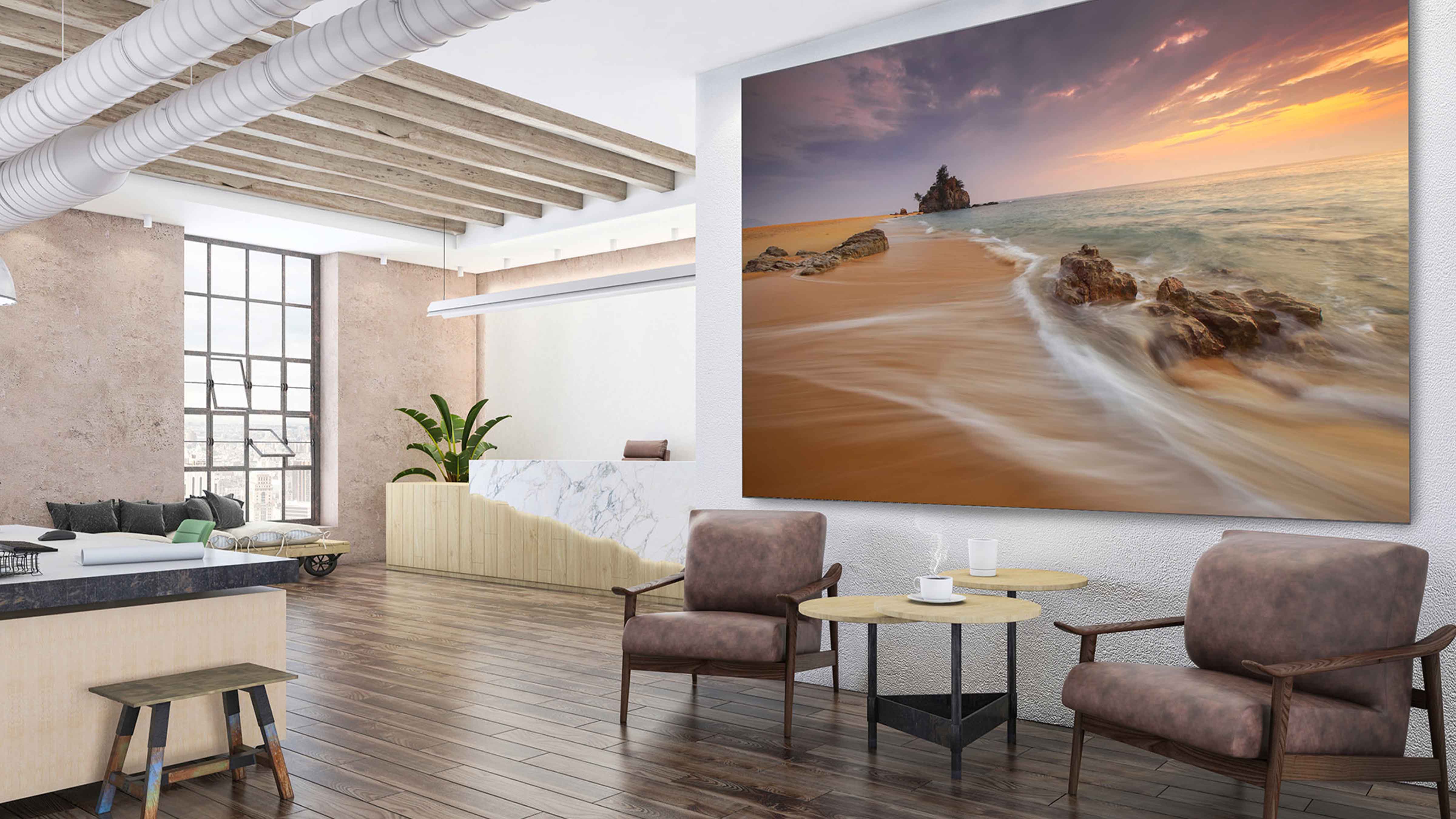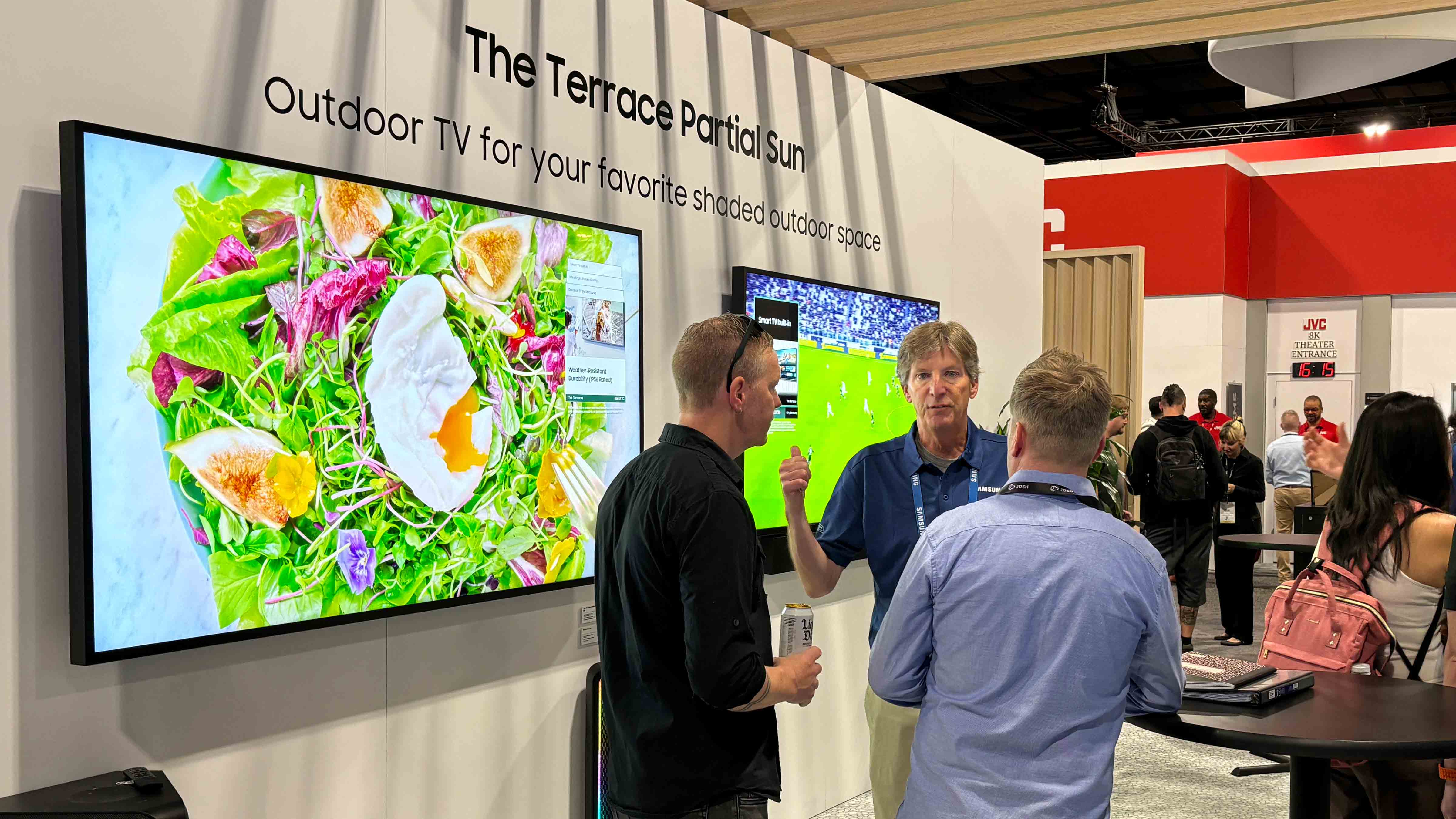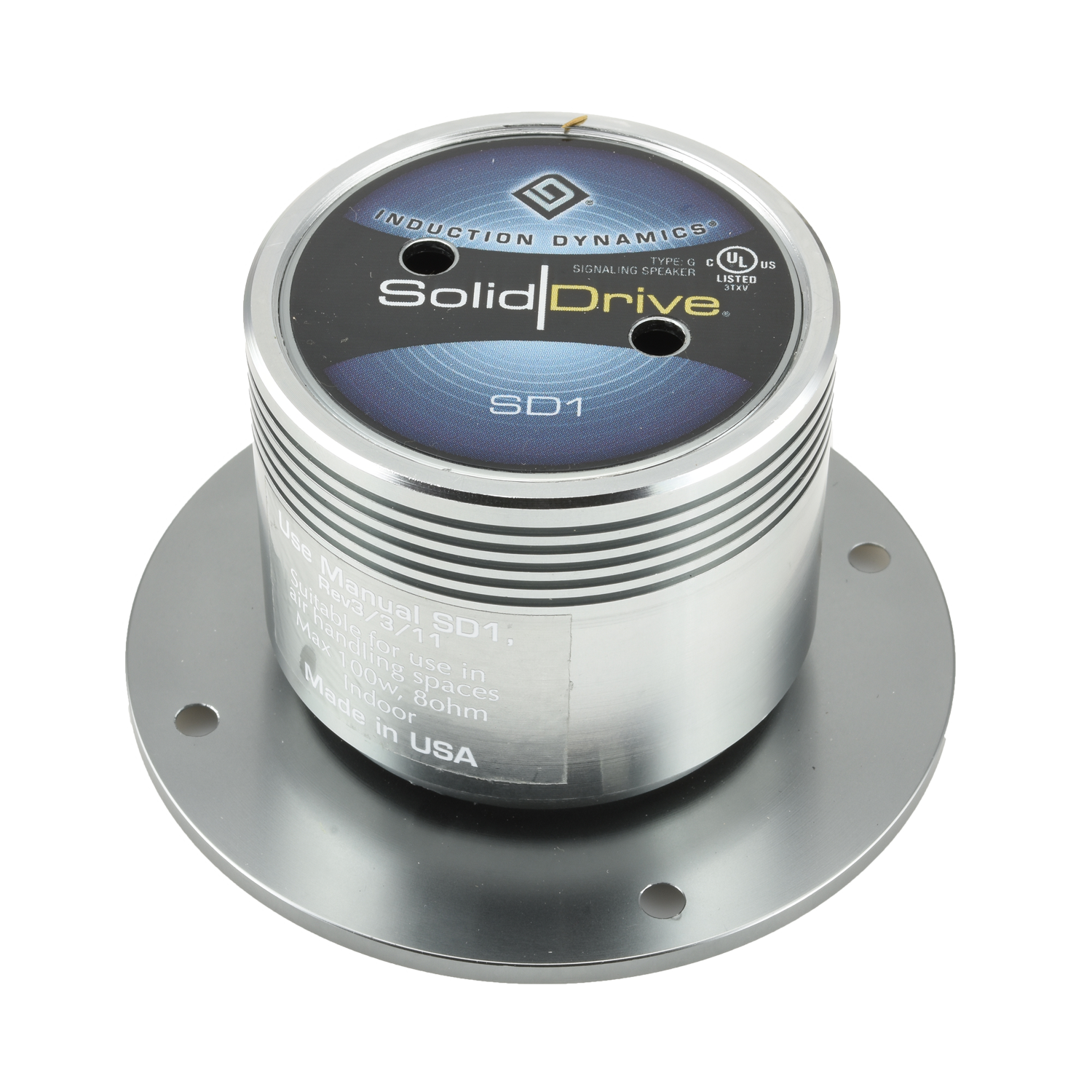
For the second consecutive year, a significant chunk of the CEDIA Expo show floor in the Denver Convention Center last month was allocated to the Commercial Integrator Expo (CIX). It's further evidence that the line between residential and commercial projects has been crossed—or crossed out entirely, in some cases—by both integrators and manufacturers.

According to Jason McGraw, Emerald's group VP and CEDIA Expo—CIX show director, the CIX show floor expanded by more than 50% for 2024, with a diverse collection of new and returning exhibitors. "This year, we are seeing an influx of exhibitors, from lighting and shade manufacturers to digital signage and LED display manufacturers," he said. "Many attendees recognize the unique value of the combined CIX–CEDIA Expo show floor exhibits, where they can connect with hundreds of manufacturers and product solutions not typically seen at other U.S. commercial AV events."
[NOW TRENDING: 4 Hot Topics in Pro AV]
McGraw has noted an increase in residential integrators expanding into light commercial work. "This trend is driven by the growing demand for integrated technology solutions bridging the gap between residential and commercial environments," he said. "Last year, nearly 50% of CEDIA Expo attendees indicated that they engaged in some form of commercial work, and this percentage continues to grow. This trend is also reflected in CEDIA Expo itself, where more residential product manufacturers are introducing products geared toward commercial applications."

Shannon Humphrey, president of SoundTube, has also seen residential integrators moving into commercial work—often at the request of their residential customers. “We frequently hear that growth into commercial markets is driven from current customers asking for help with their businesses,” he explained. “The skills and products used in residential settings often translate well to small commercial environments, making it a natural progression.”
David Phelps, head of the Display Division, Samsung Electronics America, has certainly seen the overlap. "As residential integrators look for ways to diversify their business, they often turn to commercial work to help grow their top and bottom lines," he said. "They often have residential clients that have business needs for commercial solutions and position themselves as a full solution provider."

But the reverse is also true: McGraw said there is increased interest among commercial integrators in residential projects, which he attributed to the expansion of work from home and hybrid office environments. "The pandemic accelerated this trend, pushing commercial integrators to adapt their expertise to meet the growing demand for residential solutions that support remote work," he explained. "Partnering with organizations like IMCCA to bring content to CEDIA Expo and CIX has been instrumental in addressing these unified communications needs across market segments."
[SCN ON THE SHOW FLOOR: CES | ISE | NAB SHOW | INFOCOMM]
At this point, there's no denying the growing overlap between commercial and residential integration. “This is particularly evident in like hospitality, bars, restaurants, medical offices, and houses of worship, where residential technology integrators are becoming more involved," McGraw offered. "The integration of smart lighting, motorized screens, and window shades is increasingly being handled by systems integrators versus electricians."

When it comes to product lines, Phelps said there are differences between the company's residential and commercial displays solutions. "Samsung provides a broad range of residential and commercial displays, each designed for specific applications," he explained. "If customers want the most premium at-home viewing experience, then they turn to Samsung’s residential line of TVs such as Micro LED, Neo QLED 8K and 4K, OLED, and Lifestyle products such as The Frame and The Terrace outdoor TV. If customers desire digital signage or large-scale video walls, they turn to Samsung’s SMART Signage lineup."
At CEDIA, Samsung highlighted its premium residential TV lineup, including the glare-free OLED S95D Series. It is also demonstrated The Frame, which displays art masterpieces or photos of the viewer's choice while immersing them in powerful audio.

While SoundTube has several products that cross over between the residential and commercial markets, Humphrey said residential audio solutions generally focus on aesthetics and integration with home automation systems, while offering high-quality sound tailored for personal enjoyment. “In contrast, SoundTube’s commercial audio products are designed for durability, scalability, and coverage in larger spaces, often prioritizing functionality over form,” he added. "We have several products that cross over into both markets, including SolidDrive invisible sound and our extensive line of PoE Dante-enabled products."
To that end, under the theme "Dante Comes Home," SoundTube showcased its complete residential ecosystem of Dante-enabled products at CEDIA. “SoundTube's Dante ecosystem offers the same flexibility and scalability for home installations as it does for commercial applications,” he added. “It features centralized control through a single interface, seamless integration with home automation systems like Control4, Crestron, and QSC, and compatibility with over 4,000 Dante-enabled products from more than 600 manufacturers.”






